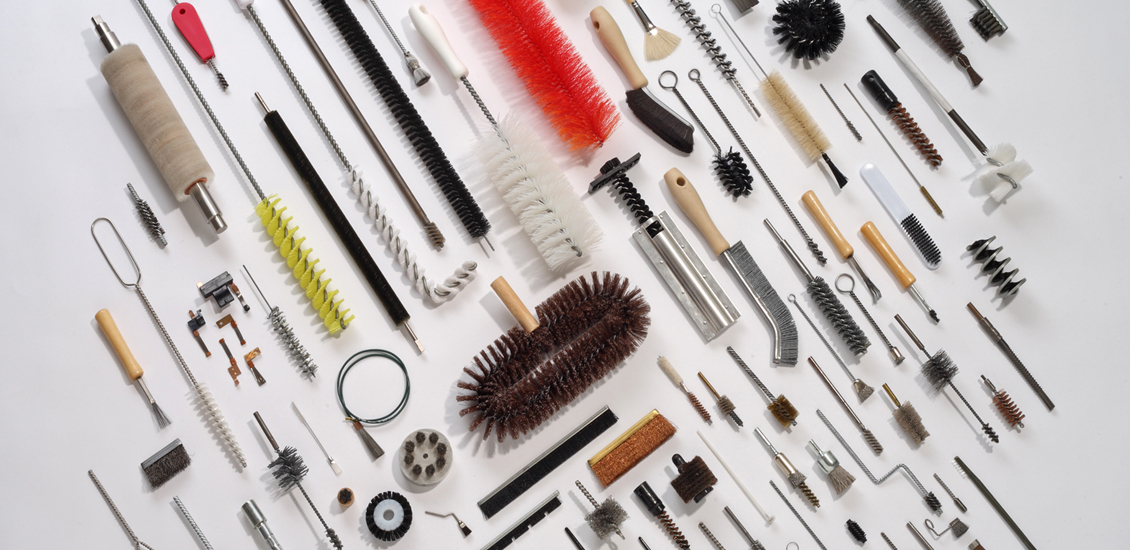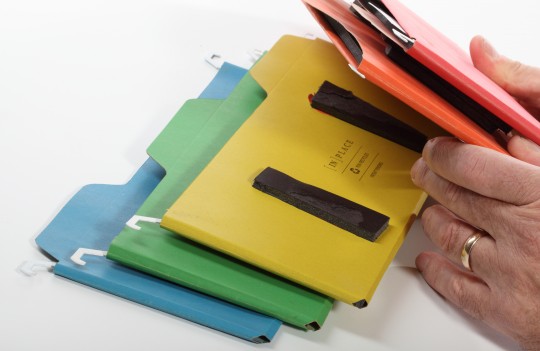Blog

The Challenges and Rewards of Product Photography
Capturing a clean, crisp, accurate image of the work you’ve spent so many hours to achieve is one of the most vital elements of pulling together your portfolio. Miss the mark and you may lose the job.
Since there is so much skill and expertise associated with product photography, unless you are well equipped and well educated, you may be misrepresented. Professional Cleveland photographer and extended Go Media family member Dan Morgan, of Straight Shooter, recommends designers leave it to a professional.
With over 30 years of photography experience under his belt, Morgan has learned to shoot and light every kind of product conceivable. Beginning his career at his father’s photography business, Morgan Studio, Dan has worked for the likes of Bonne Bell, Sotheby’s in New York and Kate Spade. He has photographed everything from the jewelry Marilyn Monroe and Katharine Hepburn once doned to fishing lures and Ferraris. Dan has come to specialize in shiny objects, arguably one of the most difficult products to shoot.
Dan talks to us today about some of the challenges he has faced as a product photographer, as well as some of the tricks of the trade.
Challenges and Rewards
Preparation of Product


Sometimes there is much work to be done before the photography even begins.
“The unique characteristic of this shot is that I had to construct the folders before I even got them in front of the camera,” notes Dan, who uses items like cardboard spacers, glue, wax and putty to style and prep the product. Once prepared, the challenge becomes accurately and flawlessly presenting the product per the client’s wishes. In this example, Dan used string to hang the folders, giving them a floating effect; string was removed in post-production.
Dan recommends, “building things strong enough to last as long as they’ll need to last” to withstand the hours you’ll spend photographing your product. Haste, as they say, makes waste.
Volume

One huge challenge of product photography Dan deals with regularly is that of volume. It’s easy, when presented with a large quantity of items, such as print material or the Mill-Rose brushes pictured above, to feel frustrated right off the bat. “It’s my job,” notes Dan, “to take that which is intimidating to my client and carry that intimidating item out of the office and deal with it myself.”
How did he accomplish it? “First, I laid out the palette, which in this case was a white 12 foot wide piece of paper on the floor. I mounted my camera to a step ladder and shot straight down on the subject and lit it in such a way that the legs of the ladder did not show up in the shot. A number of technical things: the lighting, physically of it, the space and the height I needed to accomplish this shot was a part of the challenge, and the composition: making the colors pop, creating shadows, was another.”
In this situation, Dan discloses, it’s all a matter of time, a tremendous amount of patience and an eye for design.
Reflection

“Lighting objects is a lot of what it’s about, especially when you’re dealing with shiny objects,” notes Dan, who recently photographed this ceramic elephant by local artist Andrew Simmons.
“Instead of pointing direct light at the subject, try pointing white cards backed up away from the subject,” Dan suggests. “Light the white cards instead.”
“This is key to softening shadows,” Dan continues, “and even when you’d like shadows to exist, this trick makes the shadows more interesting, as they are falling forward from the product towards the camera. This concept and many other true lighting techniques are contrary to what you would think starting off. You don’t point bright lights at the object or keep pointing brighter lights at it. It’s about quality of light over quantity of light. It’s not direct light; it’s indirect light.”
Multiple Elements

For this industrial photo, Dan worked closely with the client, who had multiple desires; she wanted to see her company’s logo combined with smoke and color and a beautiful product shot to boot.
Dan quickly realized that he would needed to pull three photographs together to grant this wish. The first was a piece of glass Dan had etched with the company name, highlighted by smoke and light. The second, the smoke itself, was created by dry ice Dan gathered from Checker Bar Ice Cream here in Cleveland. The third was the product shot separately on a white background.
Why shot separately? Dan notes, “If I had tried to light the product with the glass in the shot I’d have reflections on the glass showing up and all kinds of mess that would take a lot of time to clean up in Photoshop; more time than it would take to shoot them all individually.”
Taking time with each of your individual elements, per Dan’s example, is essential to pulling together one beautiful product shot.

Depending on the circumstances, Dan often recommends designers or art directors work hand-in-hand with their photographer, on site. Two heads, as they say, are sometimes better than one. In this case, per Dan, “a client being organized and knowing what they want is critical.”
With some patience, and the experience of a seasoned photographer, there is no limit to what you can achieve.
Have you tried your hand at product photography? What challenges did you face? What worked?
Find out more about Dan Morgan of Straight Shooter
Find Straight Shooter on Facebook | Instagram